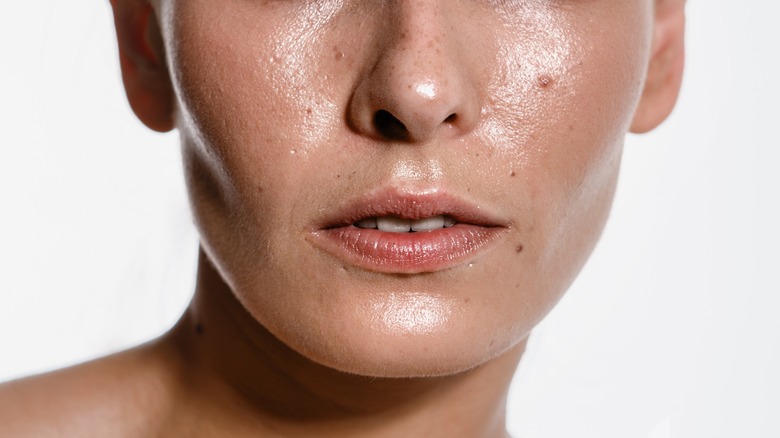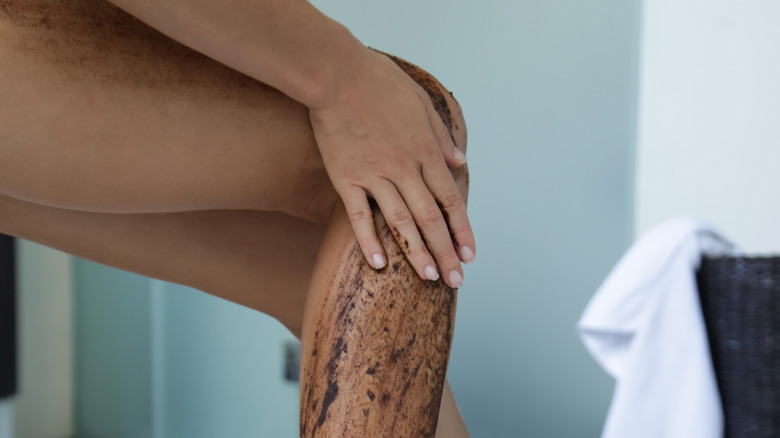The Best Self-Tanner Formulas For Oily Skin
Self-tanning products used in the past often left us looking like baked pumpkins. Now that the formulas have improved, the explosion of available choices has produced much more natural-looking, sun-kissed color.
Self-tanners are also an important alternative to a perfect suntan. The sun's UVA and UVB rays can damage all layers of the skin as well as our very DNA. UVA affects the collagen in our skin, which is responsible for its tautness, and UVB's damage to the DNA causes premature aging and could potentially cause precancerous cells to form.
The skin on your face is different than the skin on the rest of your body. It's up to 10 times thinner, gets exposed to the elements, and is loaded with multiple oil glands. That's why it's a good idea to use a self-tanning product made for your face and a different one for the body. However, you don't have to skip self-tanning just because you have naturally oily skin. Instead, use this guide to choose the right formula so you can self-tan without breaking out.
What types of self-tanners to look for if your skin is oily
You shouldn't use self-tanners for the body on your face because they often contain jojoba oil, which is super moisturizing, or coconut oil and cocoa butter, which are incredibly rich in fatty acids. If your face is oily, avoid oil-based facial tanners.
Instead, look for a mousse or foam-based formula, not a cream; they're lighter and dry faster. In addition to foams, the options for acne-prone skin include towelette-type pads for the face, drops you can add to your moisturizer, clear face mists that bronze, drops that fade by the end of the day that you'll need to wash off, and bronzing face serums that moisturize without oil.
As you're looking, do a search for "non-comedogenic" products because they're formulated to not clog pores, even though they may contain small amounts of oil. For example, some non-comedogenic facial tanners have cocoa seed oil or raspberry seed oil but you can still use them with confidence. In your research, also pay attention to product suggestions — does it work better with warm skin tones, can you spray it on over your makeup, or do you need to use it before sleep for best results?
How to prep before you self-tan
The American Academy of Dermatology Association's prep guidelines will help you achieve an even tan that lasts. These are general suggestions for the whole body and face.
Get some candles, put on some music, and do a little exfoliation ritual. Use a washcloth and an exfoliating lotion to remove dead skin cells from forehead to toe. Pro tip: don't use exfoliators made for the body on your face; they're too harsh. Your skin must be completely dry before applying any self-tanner. Rub the product into your skin in sections, then wash your hands after each section to prevent orange palms.
To look natural, softly blend your tanning product from wrists onto hands and from ankles onto feet. Dilute the tanner with lotion over the knees, elbows, and ankles because joint areas tend to absorb more color, or simply dilute using a damp towel. Finally, prepare the roommates: let yourself completely dry for at least 10 minutes before putting on any clothes. And don't forget to apply sunscreen, which should never be below 30 SPF. You're good to go.


